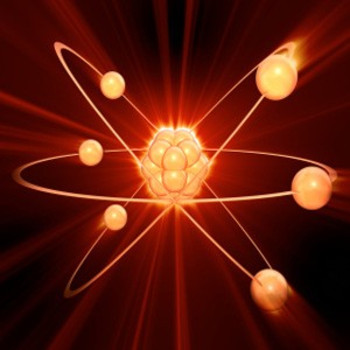What are the different sizes and health hazards of the three nuclear particles/rays?
1 Answer
The three main types of radiation are alpha (
Explanation:
Characteristics of alpha particles :
- contain 2 protons and 2 neutrons (nucleus of a helium atom)
- consisderable mass (in atomic terms)
- +2 charge
Because of the size of these particles, they have the least penetrating ability and can be stopped by a piece of paper or even by the top layer of your skin. This doesn't mean the particles have less energy, it only means they deposit their energy on a short distance. External
Characteristics of beta particles:
- the size of an electron
- small mass
- -1 charge
Because they are much smaller
Characteristics of gamma rays / X-rays:
- no mass, they are not particles but waves (fotons)
- no charge
Immediately you can see these are very different from the
Health effects are difficult to predict, genetic material (DNA) in your cells is the main target. In general there are three options:
- No damage to cells or damage that can be easily repaired
- Damage to DNA that causes the cell to stop functioning and/or causes it to die
- The damage in DNA is improperly repaired. The DNA-mutations can be inherited and it can lead to unlimited cell growth (cancer).


